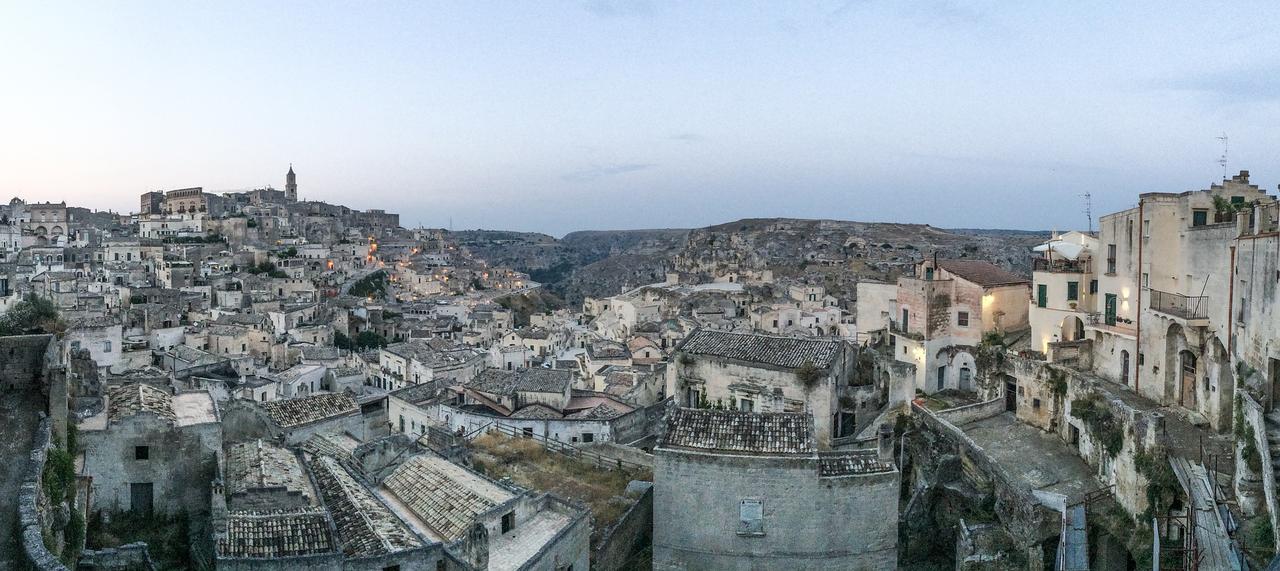
AND CAVES AROUND THE WORLD
Roma people's origins
In this cave you will find the keys to the origin of this people as well as abundant information about their settlement in the Caves of Sacromonte and their tragic history of persecution, exile and resistance.

According to the most widespread opinions, the Romani people come from one of the poorest castes in India. They probably left the Punjab region, in the north of the country, in the 10th century as a nomadic people dedicated mainly to blacksmithing and trade, spreading to Europe from the 15th century onwards.
In Spain, the first documentary reference dates back to 1425 when Alfonso V of Aragon authorized Don Juan de Egipto menor (at that time an area of Turkey) to travel through his dominions. This denomination would explain why they have been erroneously believed to be natives of Egypt, calling them Egyptians or Egyptians and finally Gypsies.

Caves around the World
In this cave, the biggest one in the Cave Museum, you will be able to visit different places of interest that show this type of architecture.
The existence of caves dug or remodeled by humans throughout the world is systematically associated with certain climatic and geological conditions, together with a whole set of economic, historical and socio-cultural factors: they appear mainly in arid and dry climate zones where vegetation is scarce. They also occur in regions with abrupt temperature changes, protecting from excessive cold, heat and strong winds.

The use of this type of constructions is multiple: housing, productive functions, religious, etc. depending on the time and place where they are located.
This type of construction is found in a large number of countries. A significant area in terms of their location is in the Mediterranean area. Excavated from the Iberian Penninsula, in the rest of Europe, to Turkey, Egypt, Mesopotamia, India, Central Asia, China, America and Australia also appear these constructions.
The traditional association between cave dwellings and the low socio-economic conditions of their inhabitants has endangered this legacy, ignoring the fact that some 60 million people currently live in dignity in caves throughout the world. Today, the enhancement of this heritage and its tourist attraction is acting as a brake on its disappearance.

